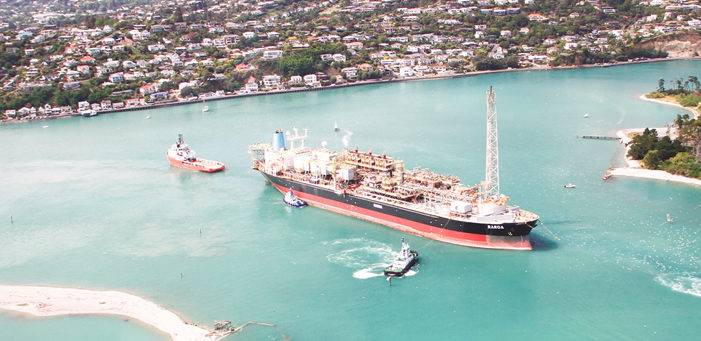The Environmental Ship Index (ESI) rewards and incentivises shipowners with vessels that meet and exceed IMO emissions standards. ESI is now approaching the 7,000 vessel mark and plans an upgrade. Namely, it will upgrade its IT system, including the current database of registered vessels as well as the online portal itself.
ESI was established in 2011 and was first introduced by the International Association of Ports and Harbors (IAPH) in 2013, as a voluntary tool which includes a formula-based evaluation of vessels’ nitrogen oxide (NOx) and sulphur oxide (SOx) emissions.
[smlsubform prepend=”GET THE SAFETY4SEA IN YOUR INBOX!” showname=false emailtxt=”” emailholder=”Enter your email address” showsubmit=true submittxt=”Submit” jsthanks=false thankyou=”Thank you for subscribing to our mailing list”]
The calculation rewards vessels that use available onshore power and which show fuel efficiency improvements, reducing CO2 and particulate matter (PM) emissions.
IAPH will now develop the ESI as it will invest in upgrading the current IT system. This includes the current database of registered vessels as well as the online portal itself.
As IAPH Managing Director Patrick Verhoeven explained, the update regards an in-depth work on CO2 based on the IMO strategic approach as well as communication with shipowners who already use the index.
Using ESI, ports and other parties can incentivise vessels to use greener practices through discounts on port tariffs, bonuses or other benefits. Score ranges from 0 for a ship that meets the environmental performance regulations in force, to 100 for a ship that emits no SOX and no NOX and reports or monitors data to establish its energy efficiency.
ESI will also include the latest IMO legislative developments. According to ESI administrator Manfred Lebmeier, the index needs to be adapted to reflect IMO developments., such as the 2020 Sulfur cap and the 50% reduction target in CO2 emissions by 2050.

































































